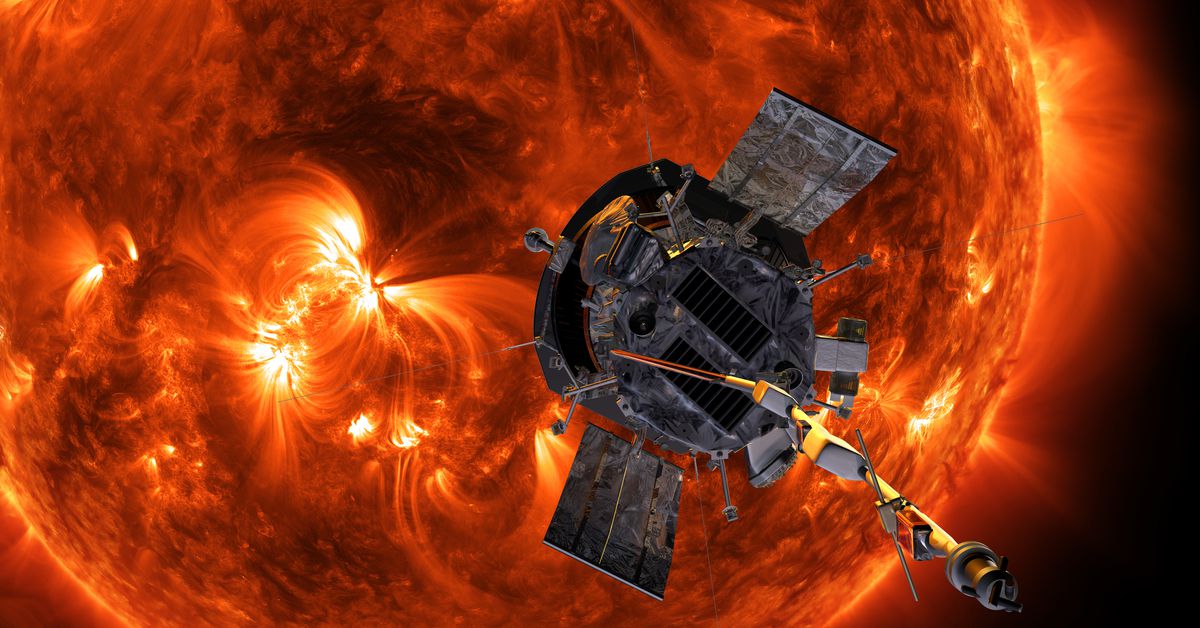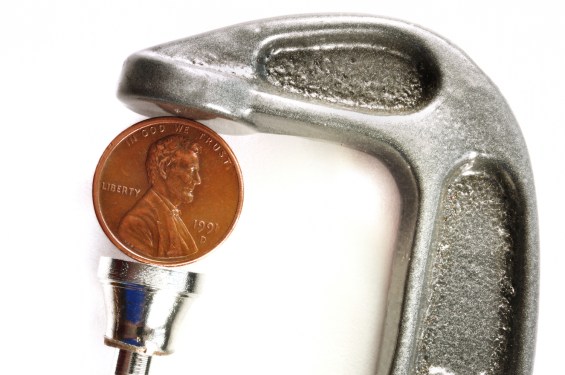On December 26th, NASA announced that its Parker Solar Probe had transmitted a signal back to Earth, indicating it was in good health and operating normally. This marks a major milestone in the mission, as the probe successfully flew within 3.8 million miles of the surface of the Sun.
The Mission Objective
The Parker Solar Probe is designed to study the corona, the atmosphere surrounding the Sun, and understand why it gets so hot. The close flyby is expected to provide valuable insights into solar wind, the Sun’s heat, and how energetic particles are accelerated to near light speed.
The Flyby Experience
On December 24th, the Parker Solar Probe flew past the solar surface at a staggering 430,000 miles per hour. During this time, mission operations were out of contact with the probe, making it impossible for scientists to gather data in real-time. However, NASA is confident that the probe survived the intense heat and radiation of the Sun’s atmosphere.
The Heat Shield: A Crucial Component
To survive the extreme conditions near the Sun, the Parker Solar Probe is equipped with a Sun-facing heat shield that reaches temperatures of around 2,500 degrees Fahrenheit. Meanwhile, the probe itself remains at a relatively cool temperature of just 85 degrees Fahrenheit. This unique design allows the probe to withstand the intense heat and radiation, making it possible for scientists to gather data from such close proximity.
A Historic Achievement
The Parker Solar Probe’s mission marks the closest any human-made object has ever gotten to the Sun. With a distance of just 3.8 million miles from the surface, the probe has set a new record in space exploration. This achievement is a testament to the ingenuity and determination of scientists and engineers who designed and built the probe.
What’s Next for the Parker Solar Probe?
Now that NASA has confirmation of the mission’s success, they expect the Parker Solar Probe to send detailed telemetry data on its status on January 1st. This data will provide valuable insights into the probe’s performance during the close flyby and help scientists refine their understanding of the Sun’s atmosphere.
The Significance of the Mission
The Parker Solar Probe’s mission is expected to have far-reaching implications for our understanding of the Sun and its effects on the solar system. By studying the corona and the processes that heat it, scientists can gain a deeper understanding of the Sun’s behavior and how it affects the Earth’s climate.
The Science Behind the Mission
The close flyby is designed to help scientists answer several key questions about the Sun’s atmosphere:
- How does the Sun’s corona get so hot?
- What role do solar winds play in heating the corona?
- How are energetic particles accelerated to near light speed?
By answering these questions, the Parker Solar Probe mission has the potential to revolutionize our understanding of the Sun and its effects on the solar system.
The Collaboration Behind the Mission
The Parker Solar Probe was launched by NASA and Johns Hopkins Applied Physics Laboratory in 2018. The mission is a testament to the power of collaboration between government agencies, research institutions, and industry partners.
Conclusion
The successful flyby of the Parker Solar Probe marks a major milestone in space exploration. With its close proximity to the Sun’s surface, the probe has provided scientists with unprecedented insights into the corona and the processes that heat it. As the mission continues, NASA expects the Parker Solar Probe to send back even more detailed data on its status, further refining our understanding of the Sun and its effects on the solar system.
Sources:



